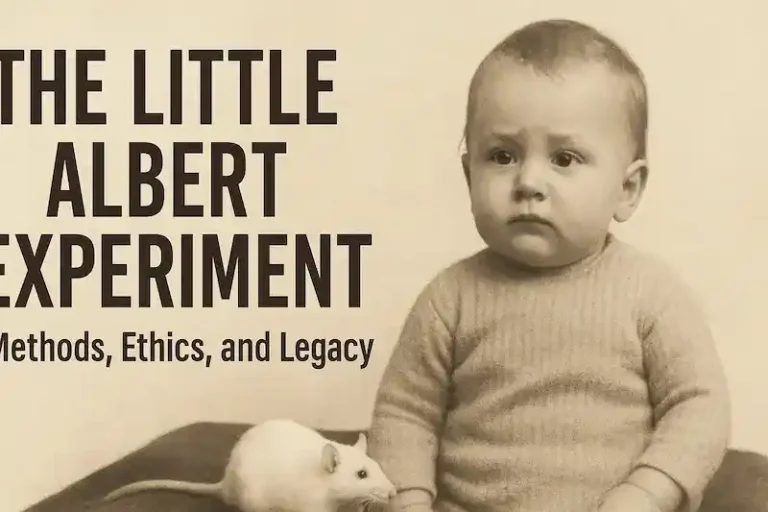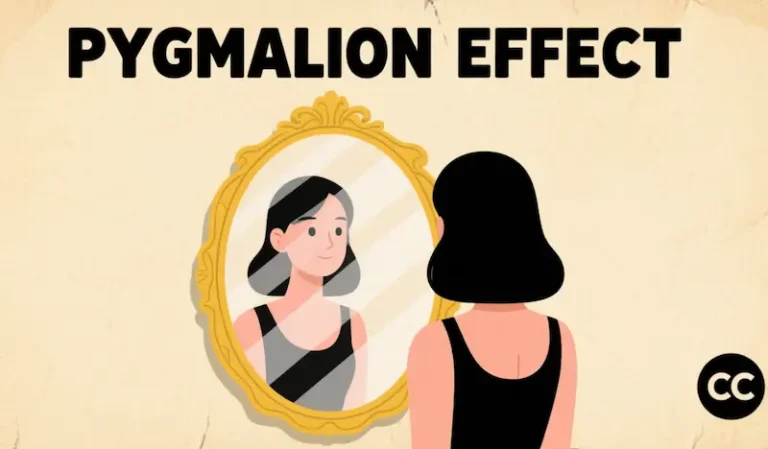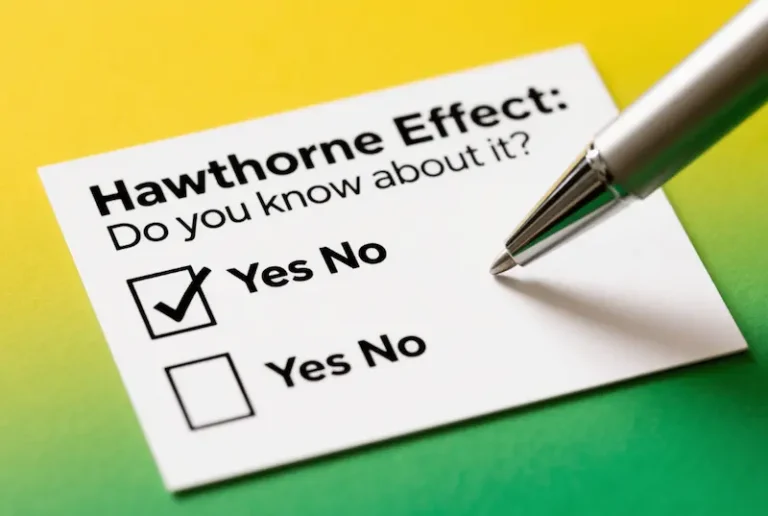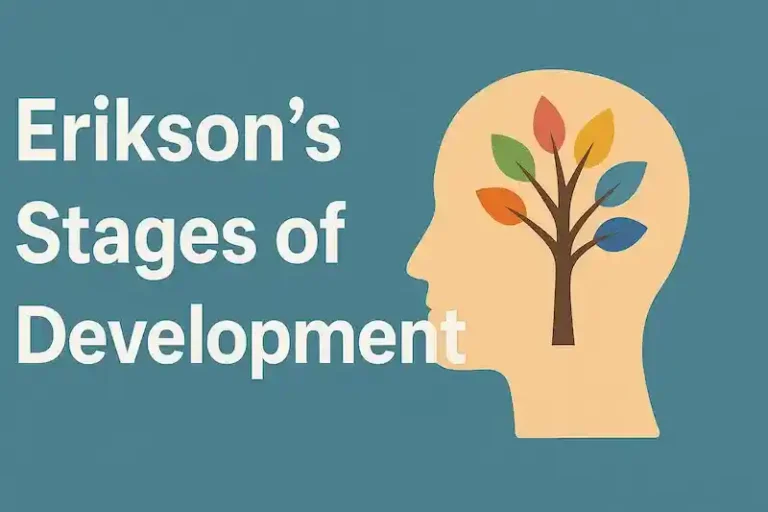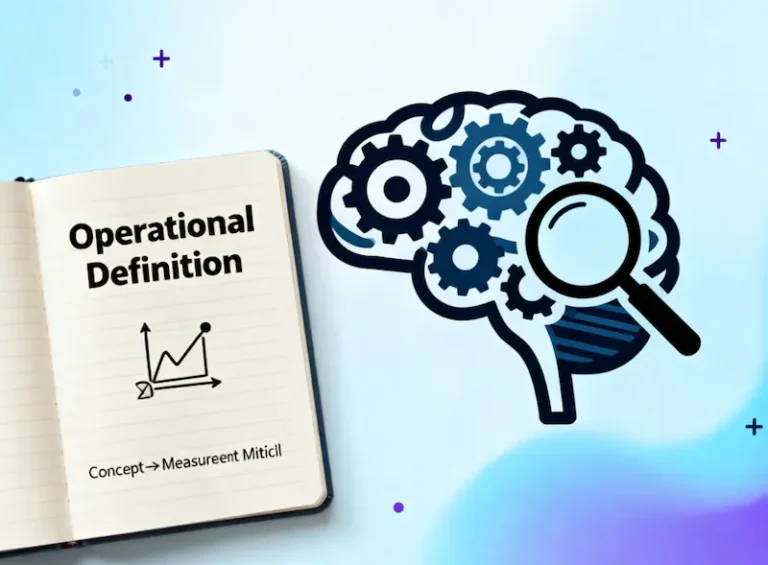Halo Effect: What It Is, Real-Life Examples, and How to Avoid Its Bias
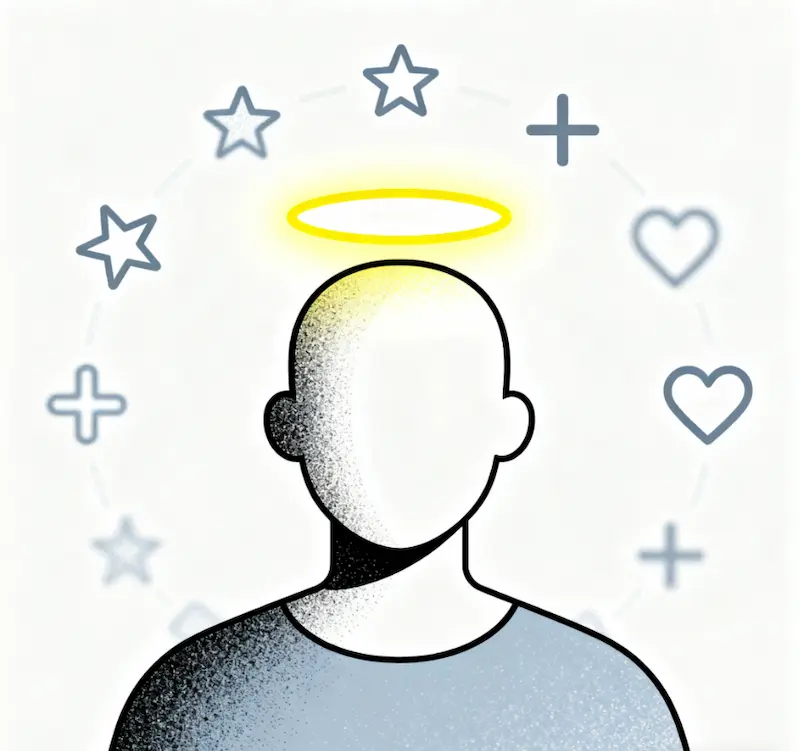
Table of Contents
Have you ever assumed a celebrity with a great smile is also kind? Or thought a coworker with an Ivy League degree must be a top performer? If so, you’ve experienced the Halo Effect—a psychological bias that warps how we judge people and things. This invisible force shapes our choices daily, from who we befriend to which products we buy. But by understanding its roots and impacts, you can make more objective decisions. Let’s break down what the Halo Effect is, why it happens, and how to keep it in check.
What Is the Halo Effect? Definition and Origins
The Halo Effect refers to a cognitive bias where our positive or negative impression of one trait (e.g., appearance, talent, or wealth) spills over to influence how we perceive all other traits of a person, object, or brand. Think of it like the glow of a halo—one bright feature “shines” over everything else, hiding flaws or inconsistencies.
This term wasn’t invented by accident. It was first identified in 1920 by Edward Thorndike, a leading American psychologist, in a study of U.S. military officers. Thorndike asked officers to rate soldiers on traits like “leadership,” “intelligence,” and “physical fitness.” He found that high ratings in one area (e.g., “neatness”) correlated strongly with high ratings in unrelated areas (e.g., “courage”)—even when there was no evidence to support the link. Thorndike named this pattern the “Halo Effect,” and it’s since become one of the most well-documented biases in psychology.
Crucially, the Halo Effect works in both directions:
- A positive halo: If you love a singer’s music (one trait), you might ignore their past controversies (other traits).
- A negative halo: If a neighbor is rude once (one trait), you might assume they’re also untrustworthy or lazy (other traits).
3 Psychological Causes of the Halo Effect
Why do our brains rely on the Halo Effect? It’s not a flaw—it’s a survival mechanism. Our brains process 11 million bits of information per second (per Harvard University research), so we need shortcuts to avoid overload. The Halo Effect is one of these shortcuts, driven by three key factors:
1. The Impact of First Impressions (Primacy Effect)
The Halo Effect often starts with the Primacy Effect—our tendency to remember and prioritize first experiences. When we meet someone new, one standout trait (e.g., a firm handshake, a messy outfit, or a funny joke) leaves a strong initial mark. Our brains then use that mark to “fill in the blanks” about their other qualities.
For example: At a networking event , you meet someone who gives a confident elevator pitch about their startup. That first impression of “competent” might make you assume they’re also reliable, honest, and a good team player—even if you haven’t worked with them.
2. Our Brain’s Need to Simplify (Cognitive Economy)
Psychologists call this “cognitive economy”: our brains hate complexity, so they turn messy information into simple stories. The Halo Effect is a perfect example—instead of researching every trait of a person or product, we pick one “anchor” trait and use it to judge the whole.
Take a common: buying a laptop. If you see a brand like Apple (known for “sleek design”), you might assume its laptops are also faster, more durable, and easier to use—even if a less stylish brand (like Lenovo) has better specs. Your brain uses “good design” as a shortcut to avoid comparing every feature.
3. Emotions Cloud Our Judgment
Feelings play a huge role in the Halo Effect. When we like someone (or something), we’re more likely to overlook their flaws; when we dislike them, we exaggerate their mistakes. This is called “emotional congruence”—our judgments match our emotions.
A classic example: When you’re infatuated with someone, their habit of being 10 minutes late might feel “charming” or “laid-back.” But if you fight and your feelings cool, that same habit suddenly feels “selfish” or “disrespectful.” Your emotions, not facts, are driving how you see their behavior.
How the Halo Effect Impacts Daily Life
The Halo Effect isn’t just a theory—it shapes real choices in work, school, entertainment, and even politics. Here are common scenarios where it plays out for readers:
1. Entertainment and Celebrity Culture
U.S. celebrity culture is a hotbed for the Halo Effect. When fans admire an artist’s talent, they often ignore or excuse their flaws. For example:
- Taylor Swift: Fans praise her songwriting (a positive trait) and often defend her against criticism—like when her 2023 Eras Tour had ticket scalping issues. Many framed the problem as “a system failure,” not a misstep by Swift, because their positive view of her music overshadowed the issue.
- Dwayne “The Rock” Johnson: His fame as a charismatic actor and former wrestler (a positive trait) led fans to support his 2024 political aspirations, even though he had no prior political experience. People assumed his “leadership” in entertainment would translate to politics—classic Halo Effect.
2. Workplace and Hiring
The Halo Effect costs U.S. companies billions in bad hires each year, per a 2022 study by the Society for Human Resource Management (SHRM). Here’s how it happens:
- Degrees as a halo: A hiring manager might favor a candidate from Stanford (a “prestigious” trait) and assume they’re a better fit than a candidate from a state school—even if the state school grad has more relevant experience.
- Likeability as a halo: A team lead might promote a coworker who’s “fun to chat with” (a positive trait) over someone who’s quieter but consistently meets deadlines. The likeability halo makes the lead overlook the quieter employee’s actual performance.
3. Education and School Settings
In high schools and colleges, the Halo Effect affects how teachers and peers judge students. For example:
- A math teacher might assume a student with straight A’s (a positive trait) is also “responsible” and “kind”—so when that student forgets to turn in a paper, the teacher might give them an extension, while a lower-performing student gets a zero.
- A student who’s a star athlete (a positive trait) might get invited to more parties or trusted with group projects—even if they’re not reliable. Peers use their athletic skill to judge their other qualities.
3 Key Takeaways from the Halo Effect for Personal Growth
While the Halo Effect can lead to bad judgments, it’s not all negative. You can use it to build a stronger personal brand—and avoid its pitfalls. Here are three actionable takeaways:
1. Stop Judging by “One Shiny Trait”
Don’t reduce people (or things) to a single feature. If you’re considering a new friend, coworker, or product, ask: What do I know about their other traits? For example:
- Instead of hiring someone because they went to an Ivy League school, ask for work samples or do a skills test (like Google’s structured interviews).
- Instead of buying a skincare product because a celebrity endorses it, read reviews from real users or check ingredient lists.
2. Stay Rational—Don’t Let Emotions Lead
Emotions are powerful, but they shouldn’t control your judgments. Try these tricks:
- When you like someone: Ask, “What are their flaws?” For example, if you’re excited about a new partner, note if they cancel plans often—don’t brush it off as “no big deal.”
- When you dislike someone: Ask, “What do they do well?” If a coworker annoys you, notice if they always help new team members—don’t write them off entirely.
3. Use the Halo Effect to Your Advantage
You can create a positive halo by highlighting your strongest traits—and backing them up with action. For example:
- At work: If you’re great at problem-solving, volunteer to lead a tough project. When your boss sees that skill, they’ll be more likely to trust you with other tasks (a positive halo).
- In social settings: If you’re a good listener, focus on that—people will assume you’re also kind and reliable (a positive halo). Just make sure you actually follow through on that trust!
4 Practical Ways to Avoid the Negative Impact of the Halo Effect
Want to stop the Halo Effect from messing up your decisions? Try these four science-backed strategies:
- Delay Your Judgment
Give yourself time to gather more information before forming an opinion. A 2023 study in the Journal of Applied Psychology found that people who waited 48 hours to judge a new colleague made 30% more accurate assessments than those who judged immediately. For example:- If a new neighbor is rude once, wait a week to see if it’s a pattern—don’t call them “unfriendly” right away.
- Seek Out “Counter-Evidence”
Force yourself to look for traits that contradict your initial impression. Ask:- “What would make me think the opposite of what I believe?”
- “Is there a fact that breaks my ‘simple story’ about this person?”
For example: If you think a celebrity is “perfect,” read a balanced biography (not just fan sites) to learn about their mistakes.
- Use a “Checklist” for Important Decisions
For big choices (like hiring, buying a house, or choosing a college), make a list of specific traits you care about. Score each trait separately—don’t let one high score carry the rest. For example:- When buying a car, list “fuel efficiency,” “safety rating,” and “price.” Score each out of 10—if a car has a great design (score 10) but poor safety (score 4), don’t let the design halo make you ignore the safety issue.
- Ask for a Second Opinion
Other people often see things you miss. A friend, coworker, or family member can point out if you’re stuck in a Halo Effect loop. For example:- If you’re sure a job candidate is “perfect” because they’re charismatic, ask a colleague to sit in on the interview—they might notice red flags you missed.
CTA
The Halo Effect is a natural part of how our brains work—but it doesn’t have to control our choices. By understanding its causes (like cognitive shortcuts and emotions) and recognizing its impact (from bad hires to biased judgments), you can make more objective, thoughtful decisions. Remember: One trait doesn’t define a person, product, or brand—always look at the whole picture.
Have you noticed the Halo Effect in your life? Maybe you assumed a coworker was unqualified because they dressed casually, or you loved a movie just because your favorite actor was in it. Share your story in the comments below—we’d love to hear how you overcame (or fell for!) this bias.
If you found this guide helpful, pass it along to a friend, family member, or colleague who wants to make smarter, more unbiased choices. And for more tips on understanding psychology and improving decision-making, check out our other articles on cognitive biases and personal growth!

